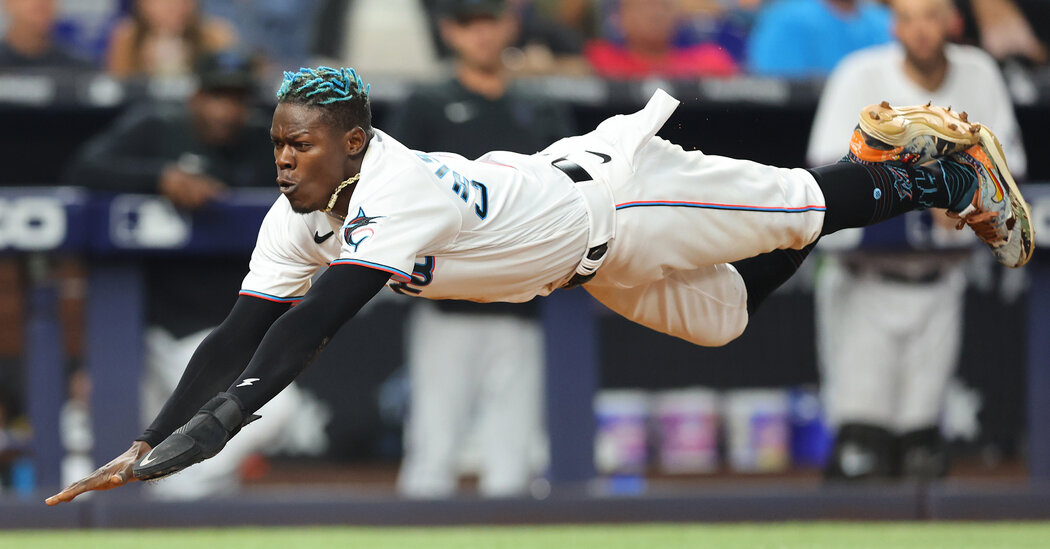
“I don’t think the impact of cutting it down by a few seconds between pitches in the ninth inning for a guy that is throw 20 pitches is going to be the difference,” Falvey said. “For a starting pitcher, maybe. For a guy who is going to be a little bit more deliberate between pitches, I can see that.”
(With a pitch clock in the minor leagues last season, M.L.B. found that injury rates dropped and velocity was flat.)
Dombrowski pointed out that younger pitchers who were in the minor leagues last year have already adapted to a shortened time in between pitches. But for the max-effort major leaguers who work slowly, he said, “they’re going to have to make an adjustment.”
He added, “I assume they’ll be able to, but it might mess some of them up, there’s no doubt about that.”
Last season, for example, the longtime closer Kenley Jansen, who saved a N.L.-leading 41 games for Atlanta, averaged 29.4 seconds in between pitches, the third longest amount of time among pitchers with at least 50 innings, according to Fangraphs.
Atlanta General Manager Alex Anthopoulos called Jansen, who ranks eighth on the career list with 391 saves, a future Hall of Famer. He said that Jansen, who is a free agent and whom Atlanta would like to retain, has successfully reinvented himself several times throughout his career and believed that he would adapt again.
“I’d bet on that guy every day of the week,” he said. He added later about the effects of the new rules, including the pitch clock, on players, “I just think we don’t know. We’ll talk about it. We’ll look at it. We can’t make definitive statements. We can have general ideas and thoughts. I do think that with data and information, good players are good players, right? And they’re going to adjust.”